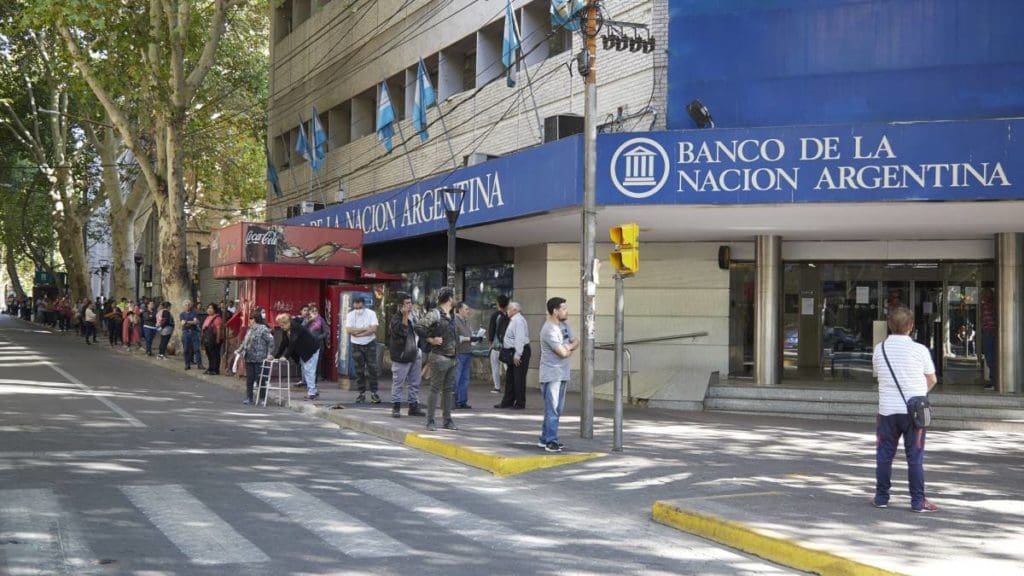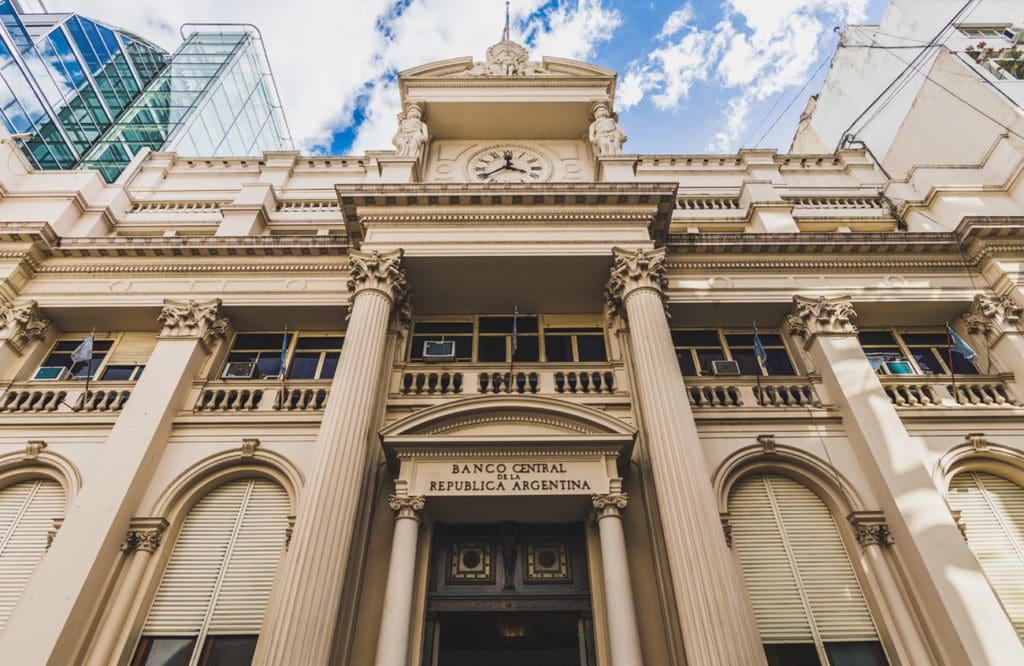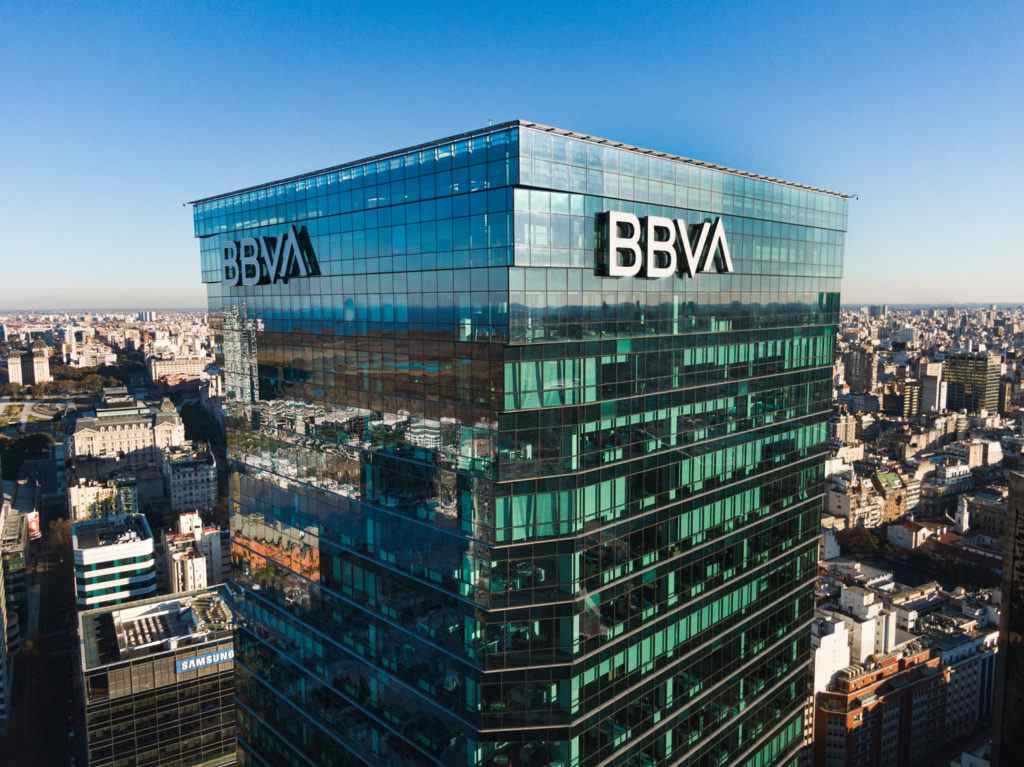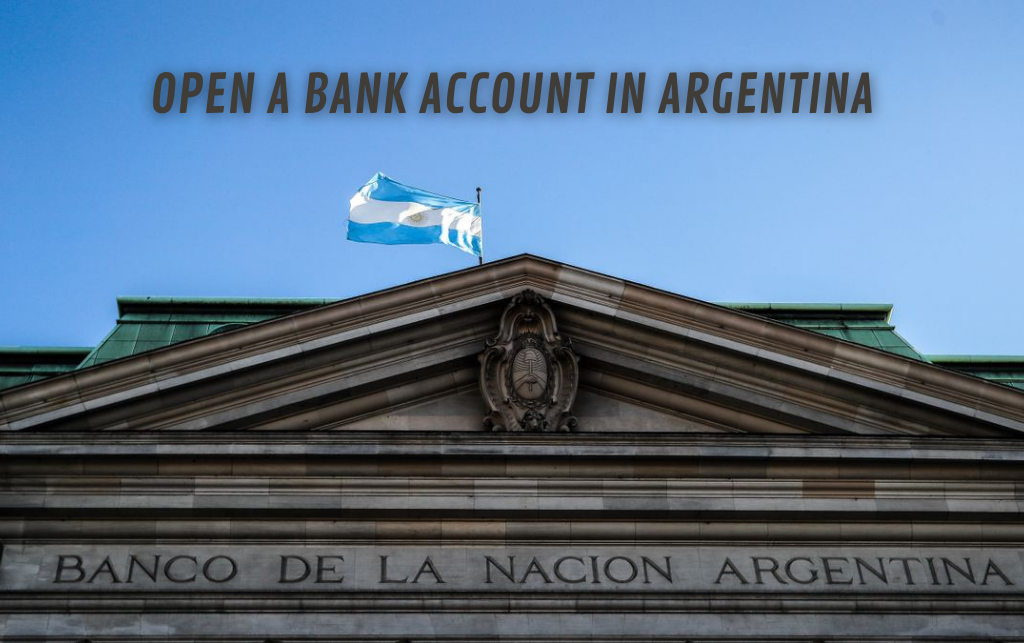If you’re looking to open a bank account in Argentina to save fees for any transaction and be able to receive Argentine pesos, it’s useful to know how financial entities work in Argentina. Here’s everything you need to know: best banking options, requierements and more.
Written by Carla Chinski, Content Marketing Manager for Vamos Academy
Some Information on the Argentine Banking System
How the System Works
There aren’t that many options for opening a bank account in Argentina, though it will save you the hassle of having to transfer your money from an outside the US; moreover, if you’re a freelancer or monotributista (or just have a full-time, stable job), it’ll be more convenient to have money transferred to and from Argentine bank(s), and to be able to use the local homebanking system.

Moreover, there are very high fees in U$D for ATM transactions in dollars, because of the instability and low value of the Argentine peso. If you have an Argentine bank account, you won’t have to pay any fees. The upside: there are international banks available in Argentina you can access to get an account pretty easily, though you will need to show up at the bank with specific documentation.
Also read: Best Exchange Rates For U$D in Argentina
Types of Bank Accounts in Argentina
There are two types of accounts: caja de ahorro (in pesos or U$D) and cuenta corriente. In general, and respectively, the savings account is used for money deposits and getting cash at ATMs, whereas the checkng account is used when the client needs to cash checks without having to give accountability for the deposited salary.
According to the official government website: “The main difference between the checking account and the savings account is that you can use checks. In addition, it does not have an interest rate or returns on the balance that remains in the account, as it does with the money you have in a savings account. On the other hand, the holder of a checking account can have more money than he has in his balance, making overdrafts, with a limit previously agreed with the entity. This is not possible if you have a savings bank.”
You should know that savings accounts in Argentina require the following: cuota de mantenimiento (a stipend for keeping the account open, which is charged on a monthly basis) and a debit card under your name. All of the banks we’ll be referring to here may have additional requirements as to the documents you’ll need to have with you when opening an account with these financial institutions.
There are two other, less common types of bank accounts in Argentina: the cuenta sueldo (which, as the name states, is the account where your monthly salary gets deposited) and the Cuenta Única Gratuita or CUIG, which is a special type of account for whoever doesn’t have any other type of account in Argentina’s financial system. CUIGs are free to use and keep open at no additional cost, you can open an account in any bank, and can make up to eight money extractions at ATMs monthly.
In 2016, the Banco Central de la República Argentina (BCRA), Argentina’s Central Bank, released a statement that will perhaps help give some context to the banking system’s current state–at least, on the consumers’ side. According to BCRA, “Along this year, the BCRA provided that all savings accounts—and the relevant debit cards—will be free of charge for natural persons. Likewise, the transfers of money through electronic means—regardless of their amount—, and the closing of a bank account or return of a credit card may be carried out through electronic means. This will contribute to promoting competitiveness in the banking sector as clients may be free to migrate among financial institutions.”
To open up a bank account in Argentina, a foreigner has to be a permanent resident, and no exceptions are made.
Transactions and Documentation Requirements for Bank Accounts in Argentina
Firstly, there are many transactions you can make with a caja de ahorro or savings account:
- Money withdrawals (input number and código banelco–a universally valid, 4-letter code you’ll need to make transactions in any Argentine bank)
- Money wiring (getting and sending money) via home banking
- Getting an online appointment with a bank representative
- Access to any confirmación de trámite (an official ticket you can download on PDF that shows any transfer or other transactions you have made in the past)

The documentation you’ll need, as we’ve said, varies from one bank to another, but there are some general guidelines so that there are no surprises. In any and all cases, you’ll have to go there in person, and it’s advisable to get an appointment online via the bank you’re looking into to be accommodated and attended to as soon as possible:
- Proof of domicile: this document shows you actually live in Argentina, and it’s the utmost important requirement. To comply with this, you’ll need a phone bill, gas bill, or any other official document that contains your address (your address has to, obviously, match your ID)
- CUIT number (business tax code): Obtain your online CUIT here with your Argentine ID information and the clave fiscal (a fiscal code or key you can get online through the same website). NOTE: you cannot get your own CUIT number if your request for permanent residency is still being processed.
- CUIL number (personal tax code): You can get a constancia de CUIL (CUIL proof) here, called constancia de CUIL.
- A valid (i.e. up-to-date) passport
- Proof of employment: have this on hand if you want to open a cuenta sueldo, that is, if you’re currently working in relación de dependencia–or, in other words, have job with a dependency relationship.
Both the CUIL and the CUIT are related to the AFIP (Federal Administration For Public Income) operations and allow you to pay for taxes, save up for retirement, and other operations.
AFIP WEBSITE: https://www.afip.gob.ar/sitio/externos/default.asp
Recommended Argentine Banks For Foreigners
According to the Government Website and national law, there is a special system in place for opening a savings account following the recent surge in immigration. The plan is called “Plan de inclusión financiera” (Plan for financial inclusion), and it consists of free access to a savings account in Argentina at no additional cost, which can be hosted by different Argentine banks: Ciudad, Provincia, Santander and Macro (this last one is the least known in the list).
The website states: “All immigrants with the DNI issued by the National Registry of Persons (RENAPER) or the passport of their country of origin can access this benefit; and in the case of citizens of Mercosur and Associated States, they can request the account with the travel document of their country.” However, if you do want to integrate your international account with a bank that has Argentine headquarters, phone or email these specific companies for more information.
National Banks: Banco Nación and Banco Ciudad
Banco Nación and Banco Ciudad (the nation’s bank / Argentine bank and the Buenos Aires city’s bank) are the biggest–and only–national banks and also the largest, because of employee numbers and branches across Argentina. These are both publicly owned and have a long history in Argentina’s financial system. Not so coincidentally, they are the main bank used by Argentine residents, mostly because banks tend to skip the CUIG’s free-account rule and end up charging a fee one way or the other.
Banco Santander Río
Here’s all the information you’ll need. You must scan the QR code provided on the website and take a picture of yourself and your national ID. That’s it. Banco Santander Río provides all the home banking benefits, but for a maintenance fee (the fee for 2021 is of about ARS 400).
HSBC

HSBC has a strong online banking interface. Available transactions include money wiring, money extraction, change of credit card limits and debit card extraction limits, plazo fijo, a request to clear the card for international use–the most useful feature in this case–, stop debit request and payment for taxes and services, among other options.
To open an account in HSBC, you only need your national (Argentine) ID. The CUIG account is only good for Argentine pesos, so take that into account before making a decision.
Phone for customer service: 4348-2466
Email: [email protected]
Banco Francés (BBVA)
BBVA is a Spanish-owned bank with Argentine headquarters. Unfortunately, the BBVA website isn’t very helpful when trying to get a card or any other bank product; you have to fill out a form, but that won’t really get you anywhere.

For banking for personas físicas (basically, people), the bank “maintains relationships with 2.7 million clients through 247 branches. Its unique product is “El Libretón”, which is a bank account that rewards savings with weekly draws. They also have credit and debit cards and a line of insurance for home, auto, life, accidents, golfers, personal accidents, theft at ATMs and unemployment.”
Website: Become a customer here






